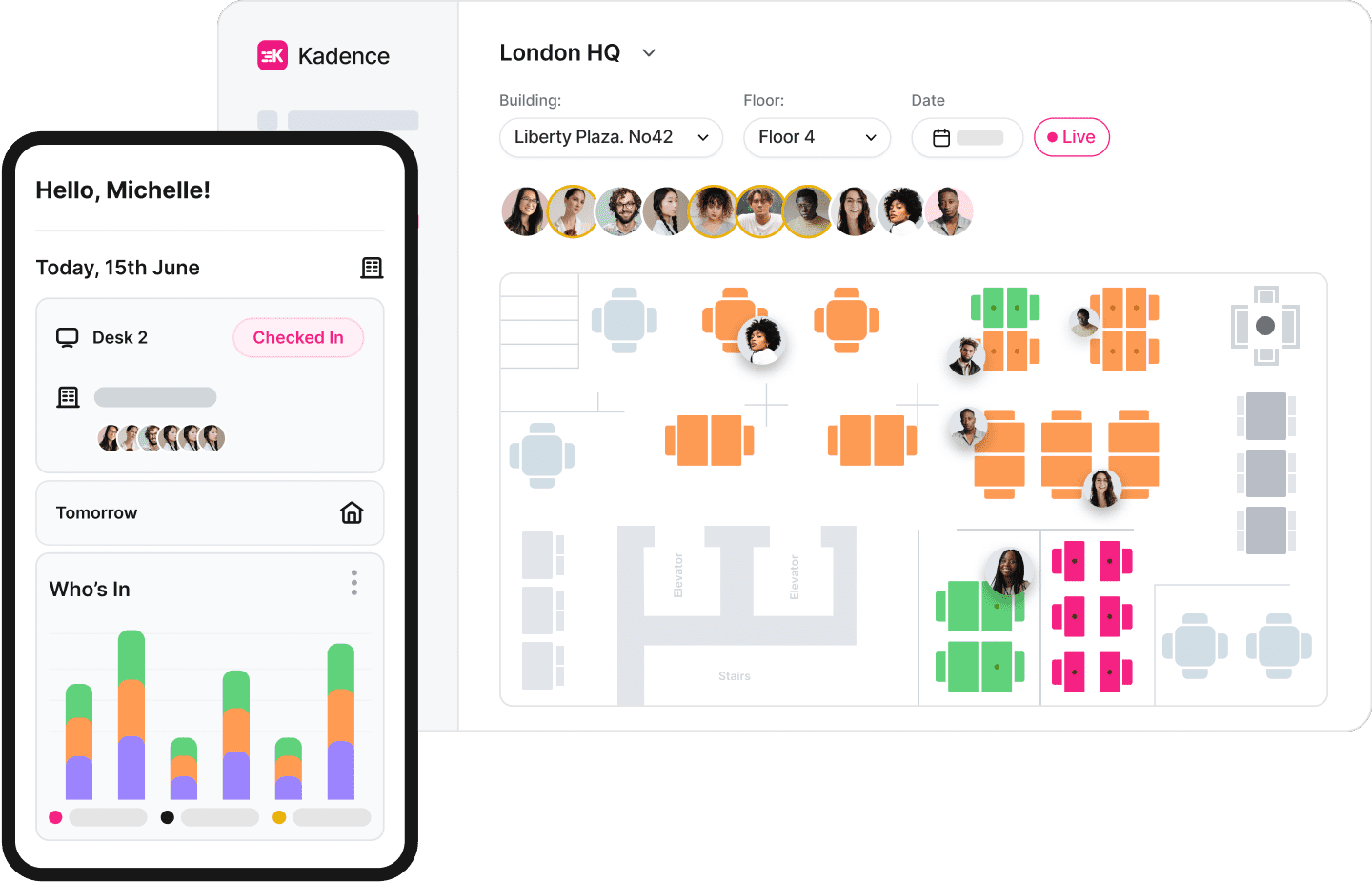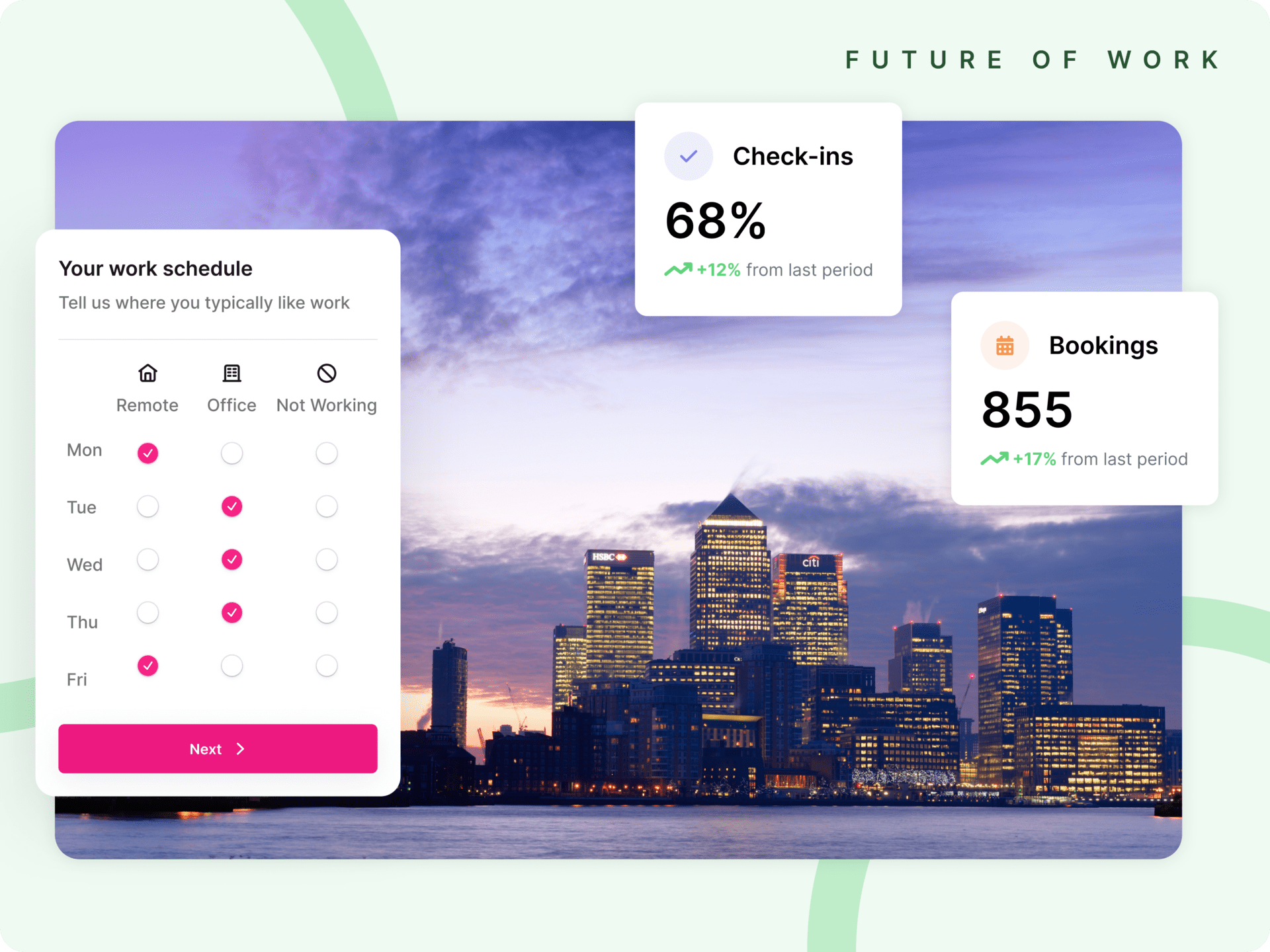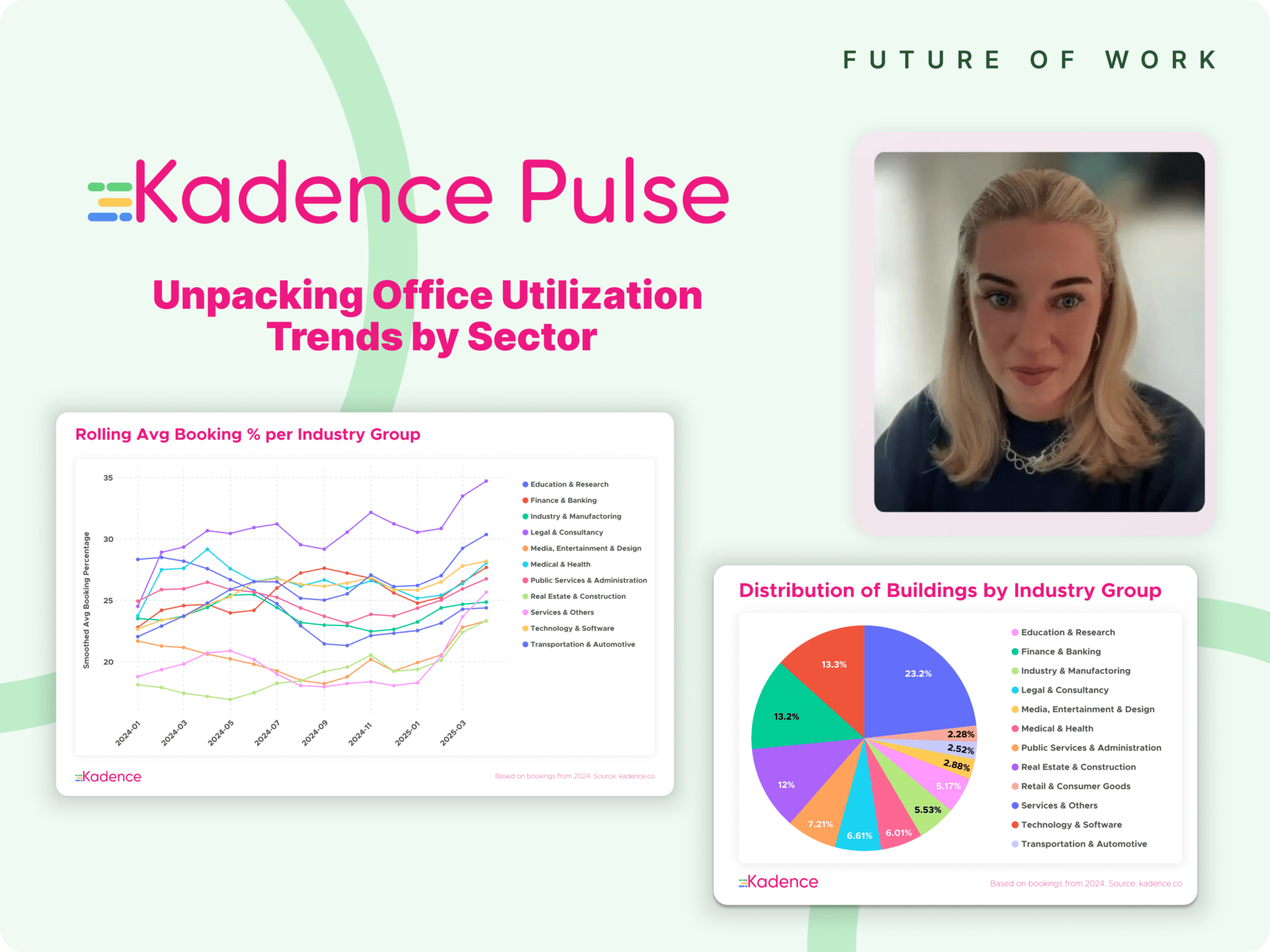Return to office (RTO) at NASA hasn’t exactly been a smooth lift-off. Reports from HR Grapevine reveal a chaotic scene—cockroach infestations, overcrowded workspaces, and employees struggling to find desks. Matt Biggs, President of the International Federation of Professional & Technical Engineers (IFPTE), which represents over 8,000 federal NASA workers, summed it up: “It’s complete chaos.”
Bugs & Busy Offices: NASA Staff ‘Much More Unproductive’ Post-RTO
Biggs and other NASA employees have described widespread issues following the agency’s recent RTO push. Employees arriving back on-site in February were met with cockroaches on the floor and bugs coming out of faucets, according to a Reuters report. While NASA spokesperson Cheryl Warner confirmed that the agency took immediate action—“Our team took immediate action to address those concerns, including talking to our regularly scheduled exterminator”—the larger issue remains: NASA simply doesn’t have enough workspace to accommodate employees effectively.

Some staff members have been left without desks altogether, resorting to working from chairs without a proper setup. At NASA’s Space Flight Center in Greenbelt, Maryland, noise levels have been so disruptive that employees have resorted to taking meetings inside their cars using personal hotspots.
The chaos doesn’t stop there. Some employees, desperate to avoid brutal commutes, have reportedly arrived at the office before dawn, sleeping in their cars just to secure a workspace.
NASA Isn’t Alone: Other Federal Agencies Face Similar Struggles
The issues plaguing NASA’s RTO efforts are not unique. Other federal departments are facing similar challenges as they attempt to bring employees back into the office. The U.S. Food and Drug Administration (FDA) recently informed staff that it cannot guarantee desks or parking spots for the approximately 18,000 employees expected to report to the office. Similarly, employees across multiple federal agencies, including the Department of Housing and Urban Development (HUD) and the Department of Homeland Security (DHS), have raised concerns about workspace availability, overcrowding, and logistical challenges.
Some agencies have seen workers setting up in storage closets due to a lack of available desks, while others have struggled with IT issues that hinder productivity. Without proper planning and infrastructure, these agencies risk creating a workplace experience that is more stressful and unproductive than remote work ever was.
The Problem with Mandated RTO
Forcing employees back into the office without a well-thought-out plan is a recipe for disaster. Too often, RTO policies focus on presence over purpose. The result? People come back to spaces that haven’t been maintained, redesigned, or optimized for the way they work today.
NASA’s challenges with RTO highlight a bigger issue: many organizations don’t fully understand how their office space is used—or how it should be used. Empty desks, unused meeting rooms, and inefficient layouts are common pain points. And when employees are crammed into makeshift workspaces because of poor planning, productivity and morale take a hit.
Understanding Office Utilization is Key
Companies like NASA pushing for RTO need to go beyond just issuing mandates. They need a plan based on data. That means understanding how office space is actually used, what employees need from their workplace, and how to optimize it for hybrid work.
Key Questions Leaders Should Ask Before RTO:
- How much space do we really need? Is our current office layout supporting collaboration, focus work, and flexibility?
- Which spaces are underutilized? Are we maintaining large areas that sit empty most of the week?
- What are employees’ expectations? Do they want dedicated desks, more meeting rooms, or quiet zones for deep work?
- Are we providing the right tools for hybrid teams? How seamless is the experience for employees moving between home and office?

Without answering these questions, companies risk bringing people back to an office that feels outdated, inefficient, or downright frustrating.
How Kadence Helps Organizations Get RTO Right
Kadence helps companies like NASA take the guesswork out of RTO planning. Our workplace analytics provide real-time insights into how office space is used—helping leaders make data-driven decisions about layout, capacity, and hybrid schedules.
With Kadence, organizations can:
- Track workspace utilization to see which areas are popular and which are underused.
- Optimize desk and room bookings so employees can easily find the right space for the work they need to do.
- Create seamless hybrid schedules that balance in-office collaboration with remote flexibility.
The best RTO plans aren’t about forcing employees back—they’re about designing an office that people actually want to return to. And that starts with understanding how space is used today and adapting for the future.
RTO is an Opportunity—If You Plan for It
Mandating a return to office without a strategy leads to chaos. But for organizations that take a thoughtful, data-driven approach, RTO can be an opportunity to reimagine how their office works for their people.
Before you call employees back, make sure your space is ready for them. Because if there’s one thing worse than empty offices—it’s ones filled with cockroaches and not enough desks.
Want to make RTO work for your company? Kadence can help. Book a demo to see how our platform enables smarter hybrid work strategies.





